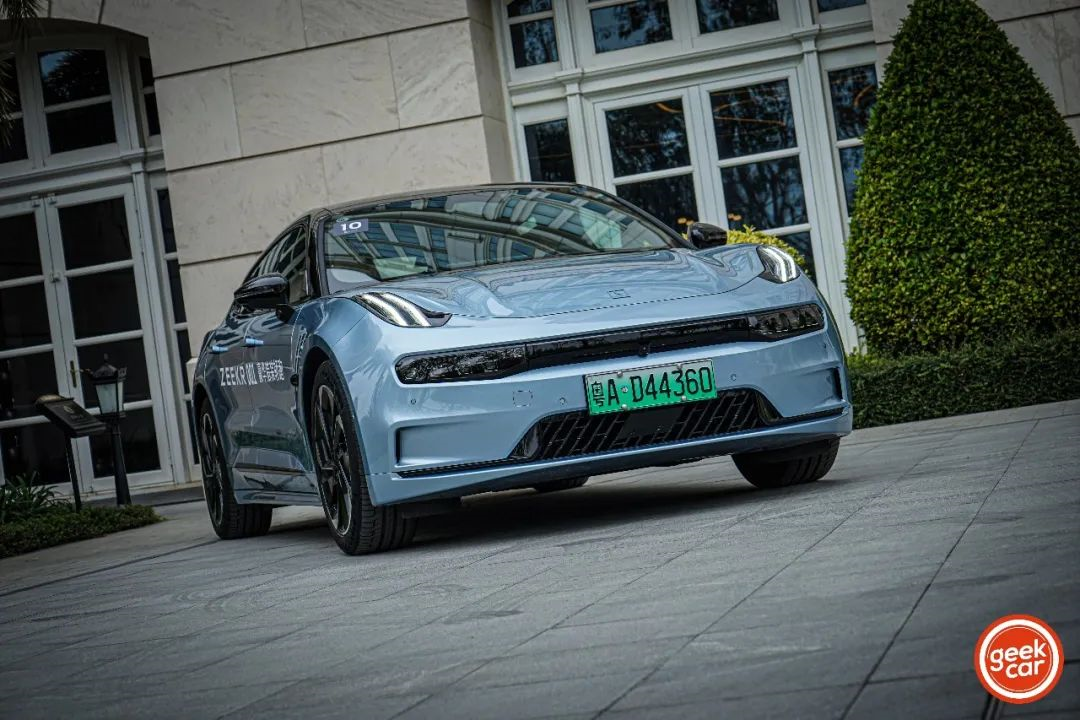Author: Twin-turbo Fat Kid
As the new year approaches, let me ask you a question about a car model that has been highly anticipated at its release but controversial after its delivery this year.
Can you guess which one it is?
Yes, it’s the first model of Zeekr, the Zeekr 001.
In the end of the year, I went to Xiamen to test drive the Zeekr 001, but instead of the usual test drive route, I drove it on the Xiamen International Circuit.
Appearance is up to you
According to the usual writing routine, I should talk about the design of the appearance and interior before everything else.
However, I believe that most of you are already familiar with this car model, and design is subjective.
So let’s take a look at some pictures first:
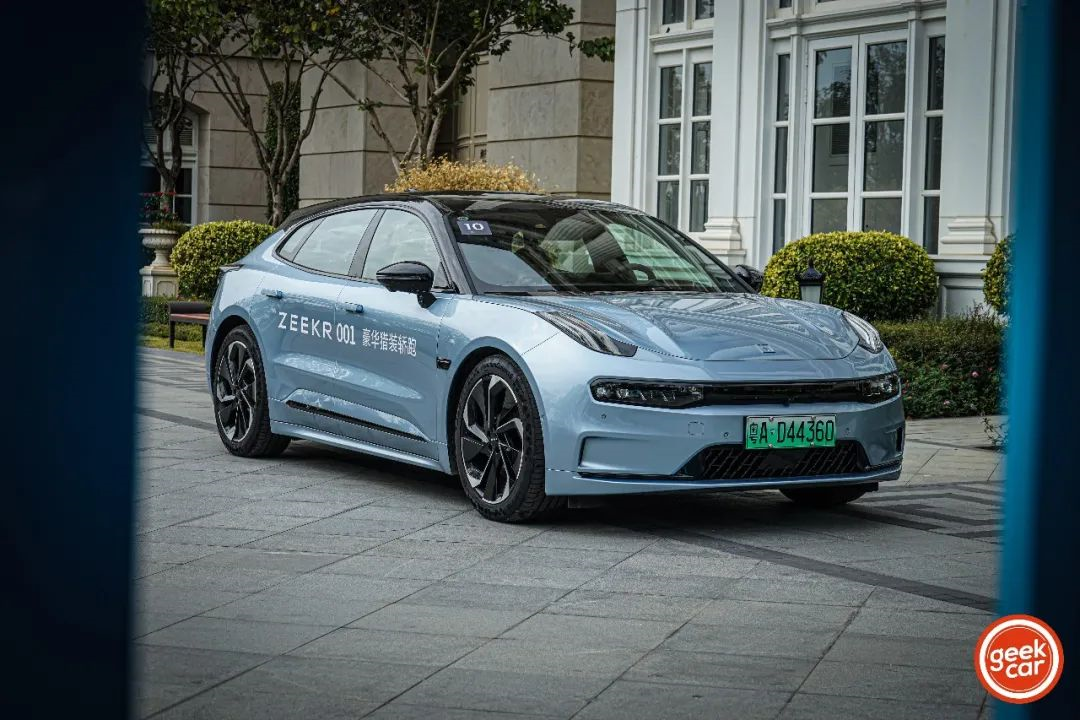
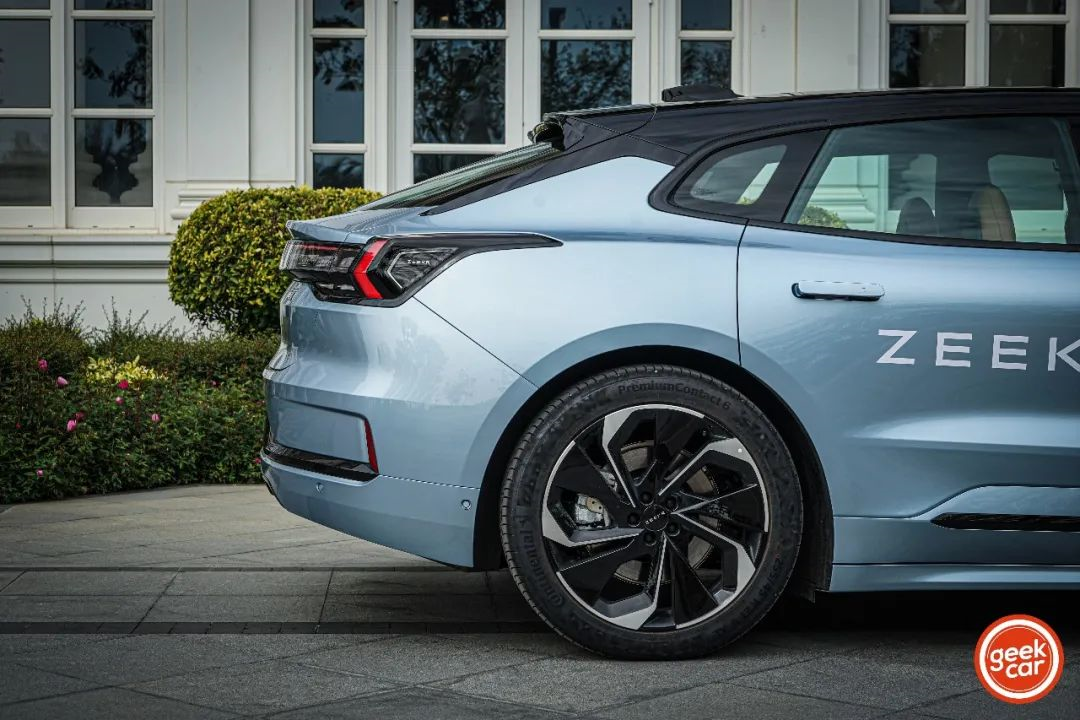
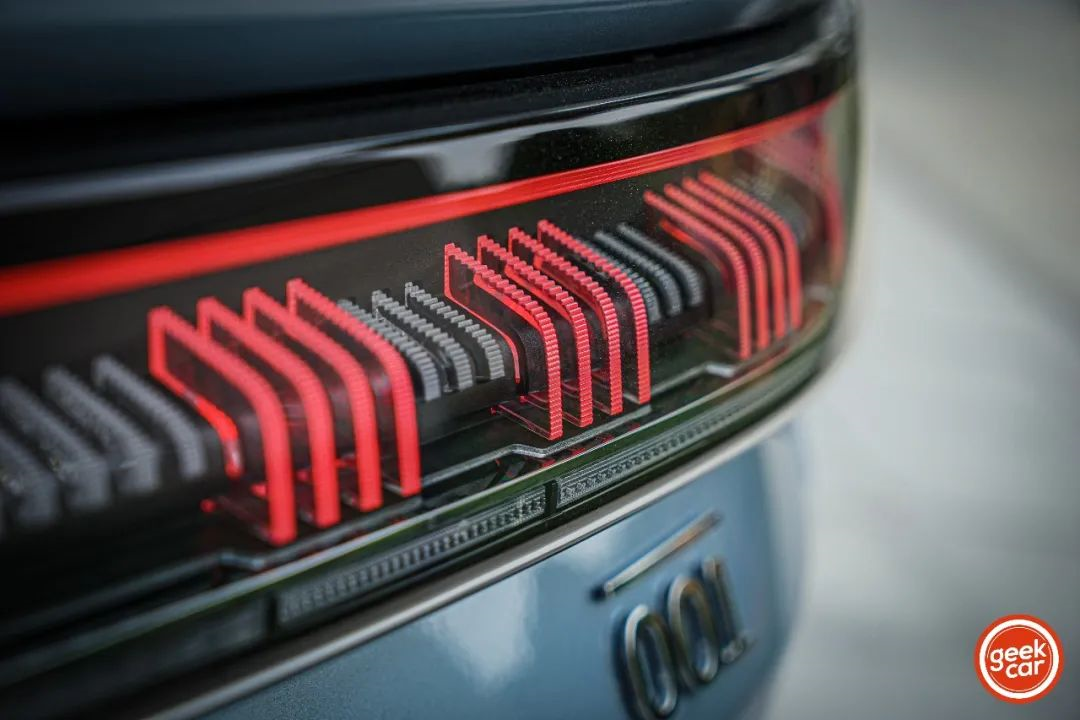
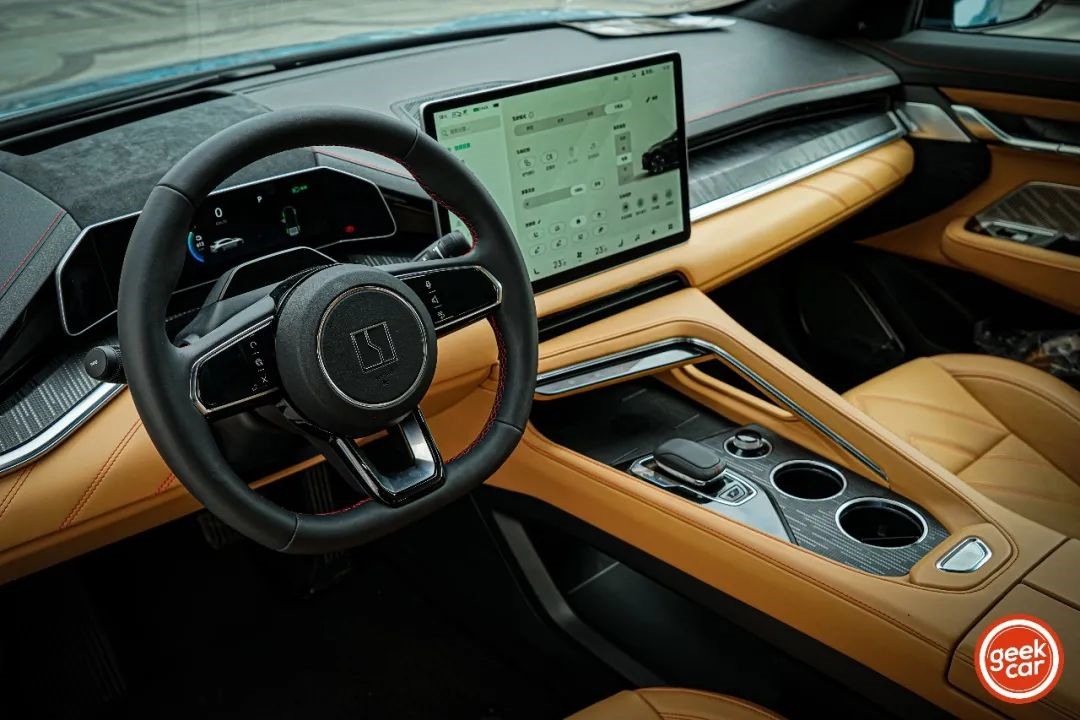
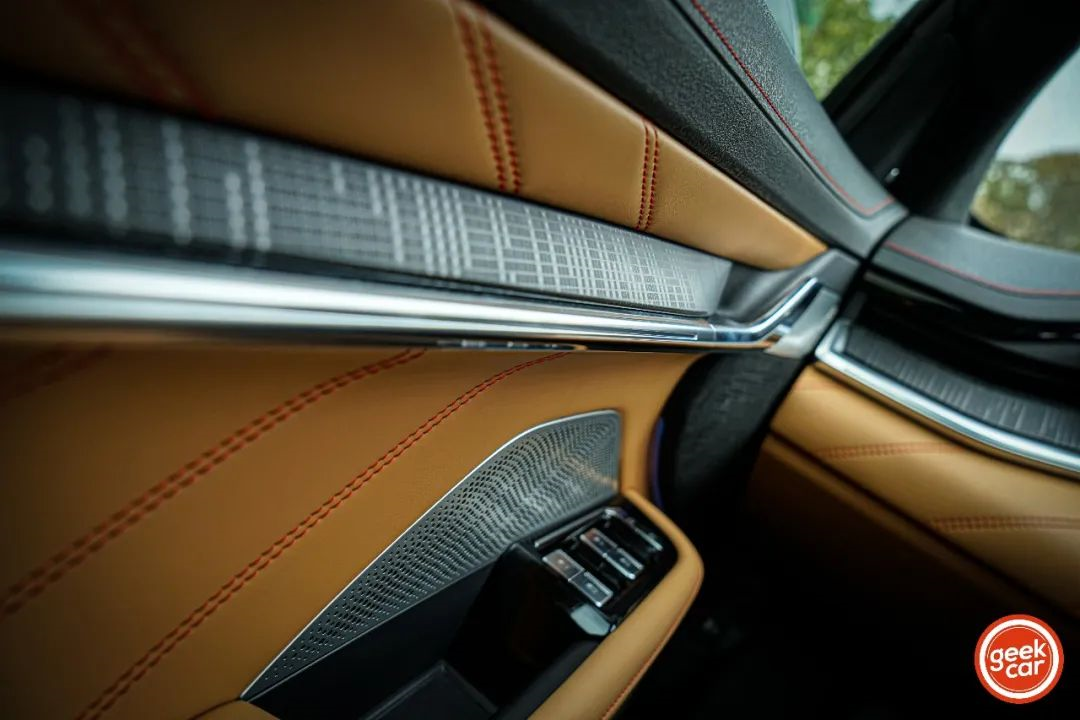
As for the design of the exterior and interior, let me briefly state my opinion.
Because most electric cars use the chassis layout of the power battery pack, the chassis will inevitably occupy part of the cabin space compared to fuel-powered cars.
The simplest way to expand a spacious cabin space is to raise the cabin height, and that’s exactly what Zeekr 001 did.
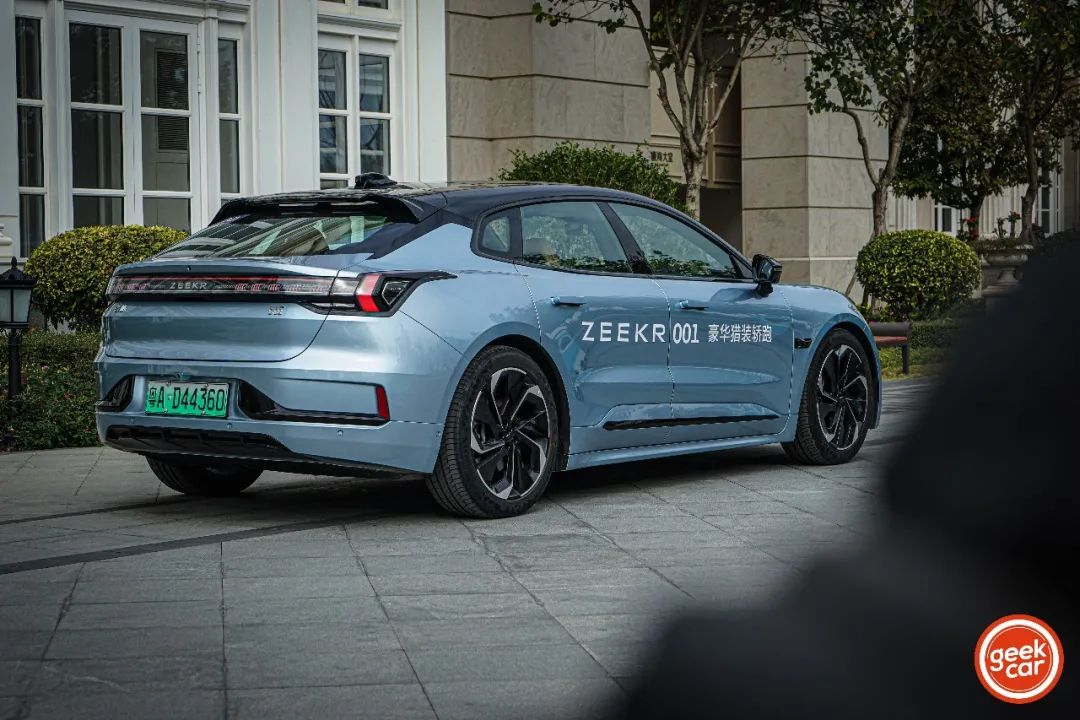
This approach has its advantages and disadvantages:
- Advantages: Compared to pure electric vehicles of the same class, the space performance of the Zeekr 001 cabin has been significantly improved. The cabin space of the Zeekr 001 is spacious, including the headroom and legroom of the rear seats.- Disadvantage: The heightened cabin design reduces the agility of the appearance, and the body height is approaching or exceeding some SUV models. For example, the body height of the compact SUV Lynk & Co 02 is 1528 mm, while the body height of the Zeekra 001 has reached 1560 mm.
However, the model I test drove this time adopted a black top design, which looks more coordinated than a roof with the same color as the body.
P.S. It seems that the saying “wearing dark clothes can make you look slimmer” is true…
Starting with “Intelligence”
As a “smart electric vehicle” born in 2021, let’s first talk about the intelligence aspect.
Hardware Layout
First of all, in terms of hardware, the SoC of the Zeekra 001’s cabin adopts the Qualcomm Snapdragon 820A chip. Previously, many people “roasted” the Zeekra 001 because it was still using the “old” chip when the Qualcomm Snapdragon 8155 was going crazy in 2021. As for this issue, I will express my opinion in the article.
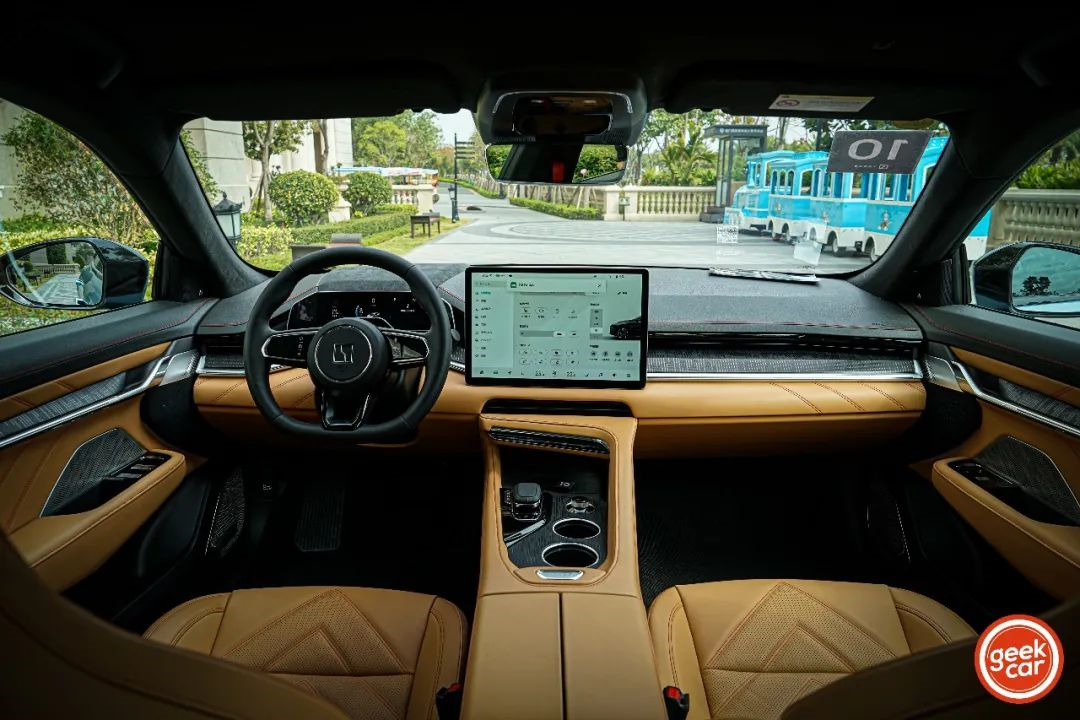
The Zeekra 001’s cabin is equipped with two screens, including an 8.8-inch “long and narrow” LCD instrument panel and a 15.4-inch touchscreen central control screen.
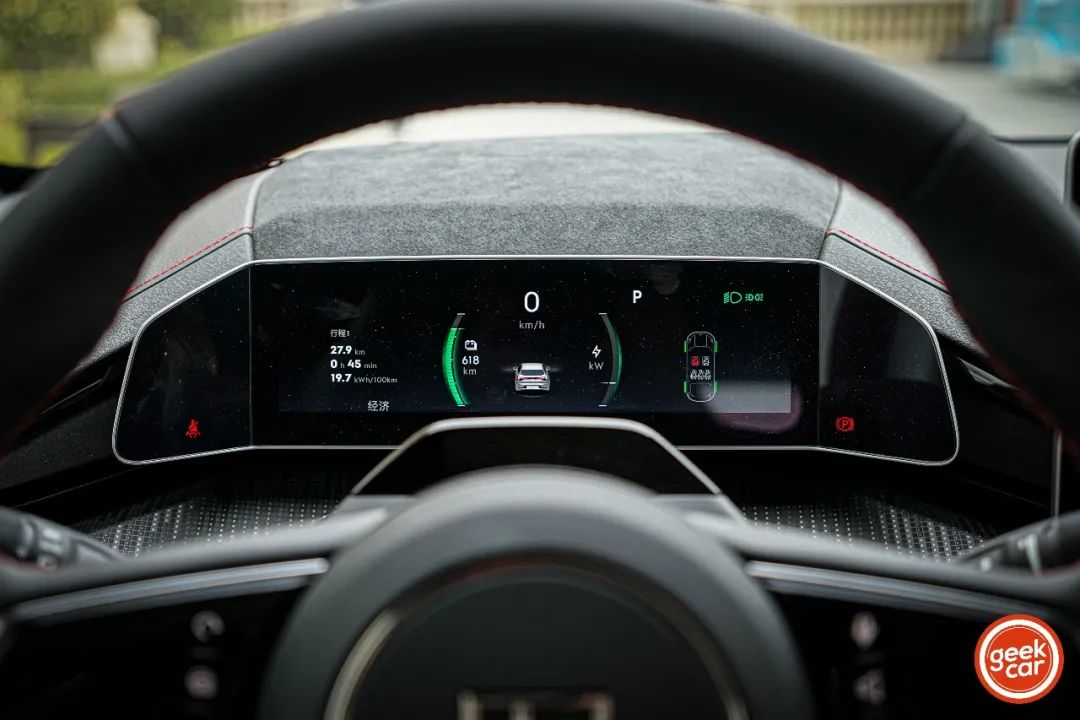
The driving warning lights are arranged on both sides of the instrument panel and adopt a design similar to a “foldable screen”. The display information of the instrument panel is relatively simple, with no extra details, which is more conducive to the driver’s reading of core driving information.
In terms of the steering wheel controls, in addition to physical buttons for ADAS adjustment, voice, and sound, most interactions are carried out through the touchpad on the left and right sides of the steering wheel, which supports both sliding and pressing interactions.
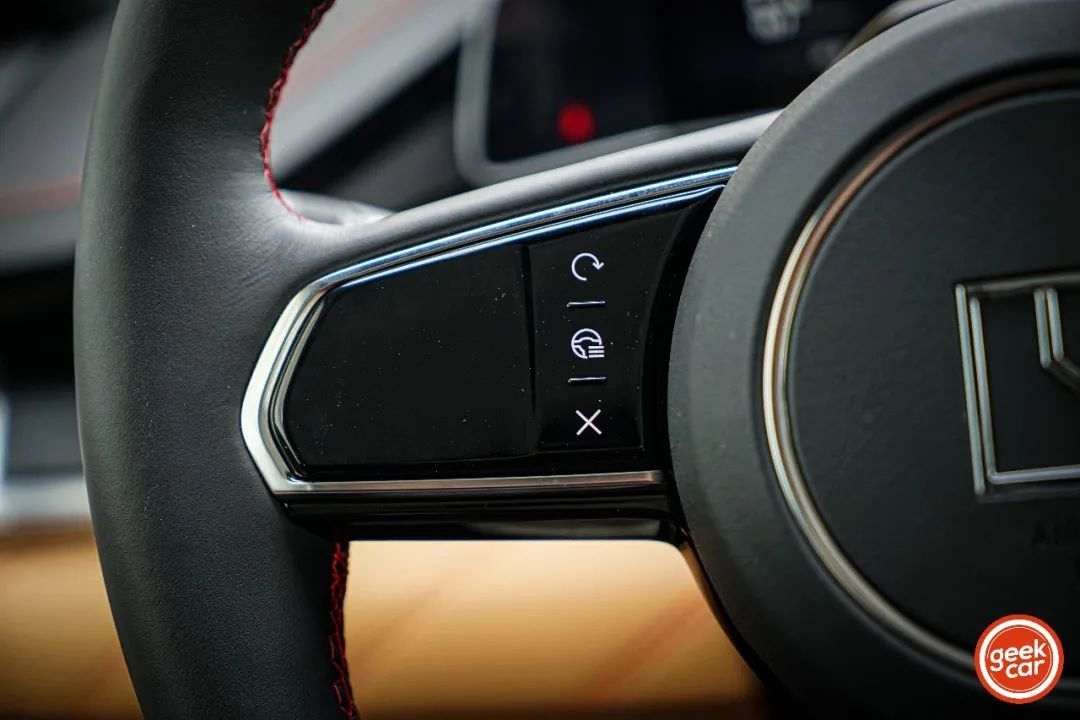
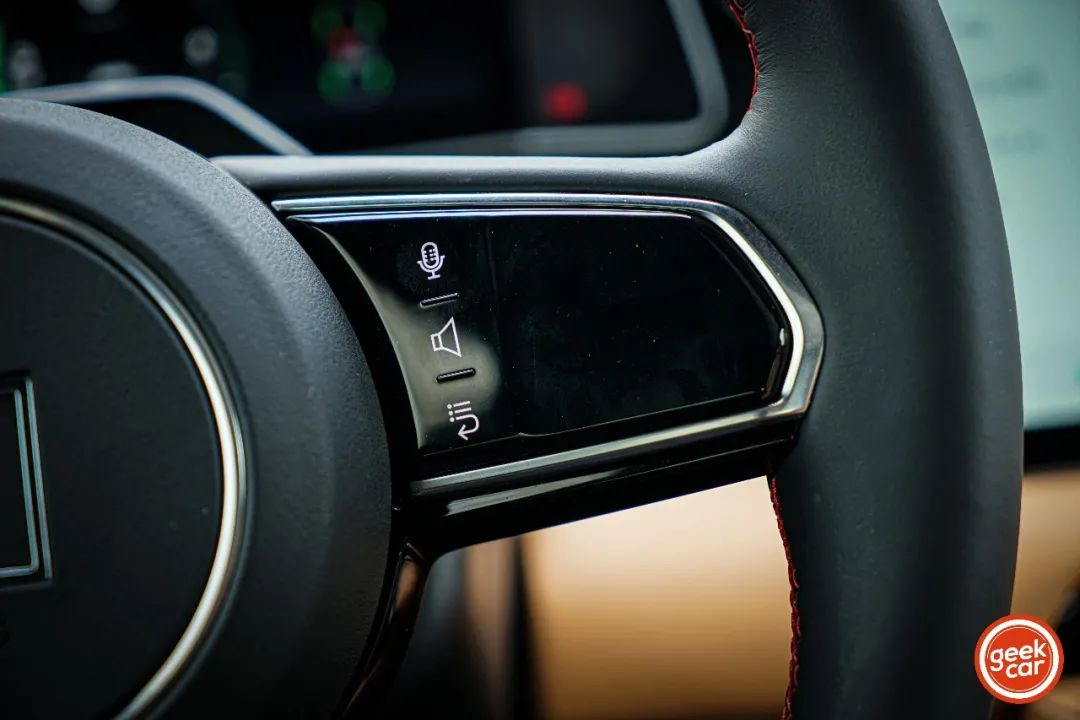
In the central island area, in addition to the wireless charging pad, the Zeekra 001 also designed touch buttons for front and rear windshield defrosting, driving recorder, and glove box.
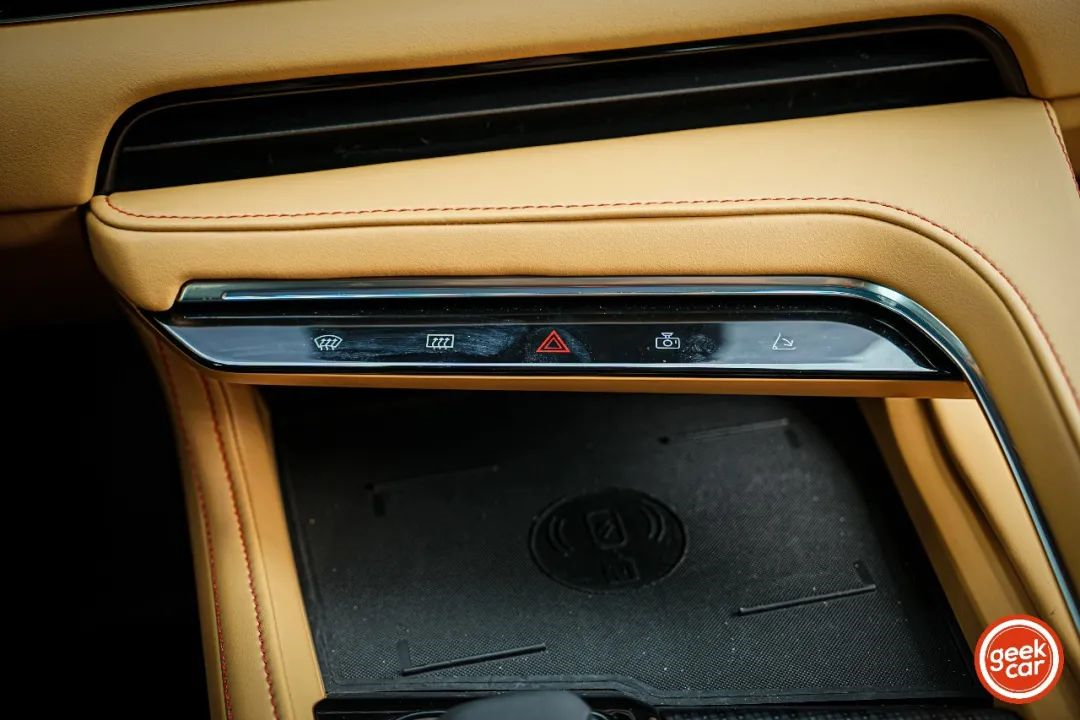
Vehicle-Machine InteractionThe car machine system embedded in the JiKe 001 has a strong “Lynk & Co flavor”, because the supplier behind this car machine system is the one that Geely uses — Yikatong.
The HMI interaction design of the car machine system is relatively simple, leaning towards the usage habits of mobile devices, and it is relatively easy to get started.
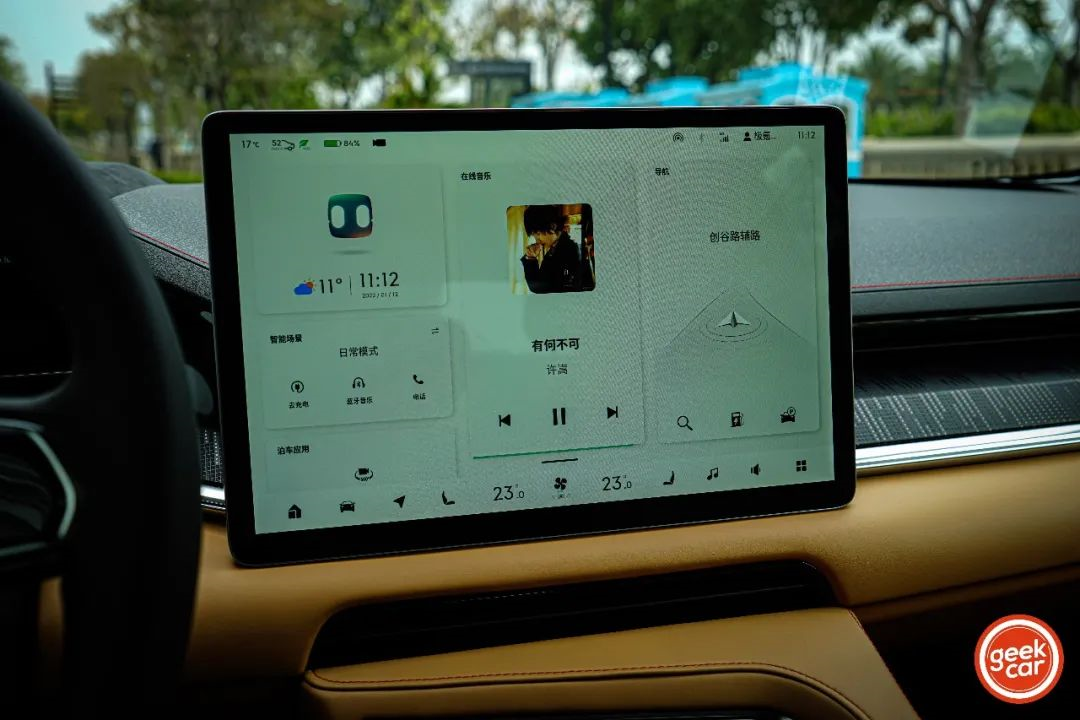
The bottom of the car machine is designed with a doc bar that includes frequently used functions and settings such as the homepage, vehicle settings, navigation, seats, air conditioning, music, volume, and more applications.
The home page adopts a card-style UI design, and each “widget” on the page supports user-customized layout, and each widget can choose two sizes (large and small) according to personal usage habits.
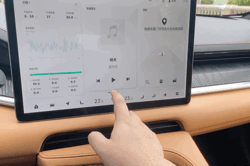
Ecology Application
JiKe 001’s map navigation uses Baidu Maps. In addition to common functions, it supports team travel, one-click return home, one-click to the company, and supports seamless connection between navigation information on the car machine and mobile phones.
In terms of ecological applications, JiKe 001 currently provides online audio and video applications. The online audio application integrates music, news, and audiobooks, among which online music is provided by Kuwo Music, and the online video application is iQiyi.
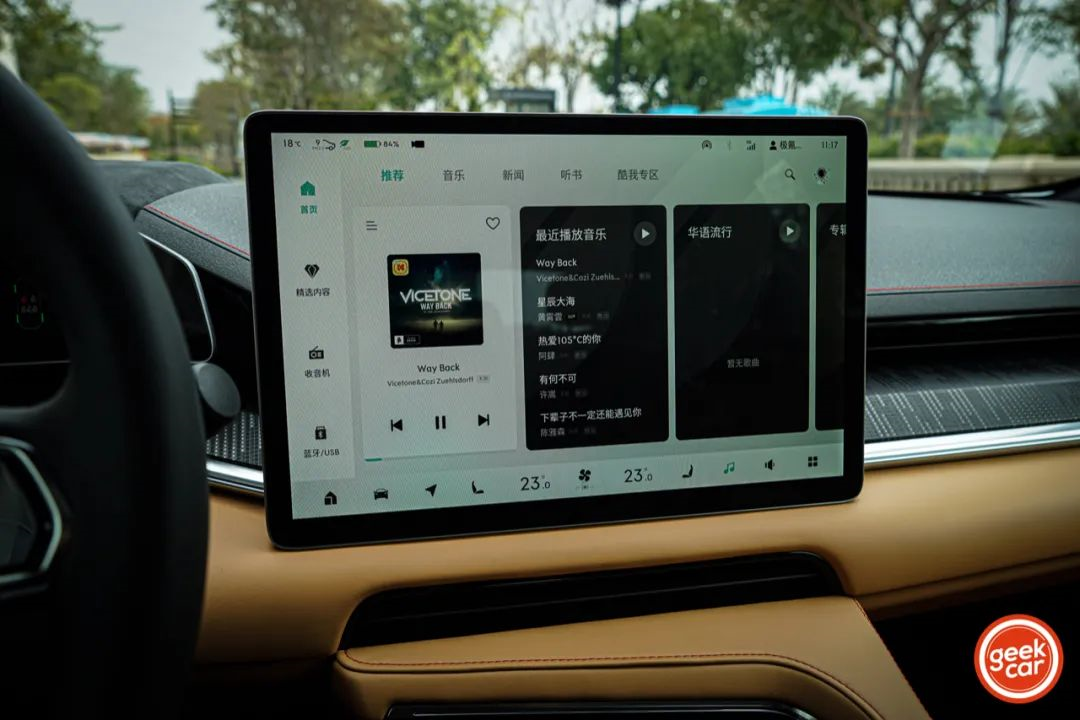
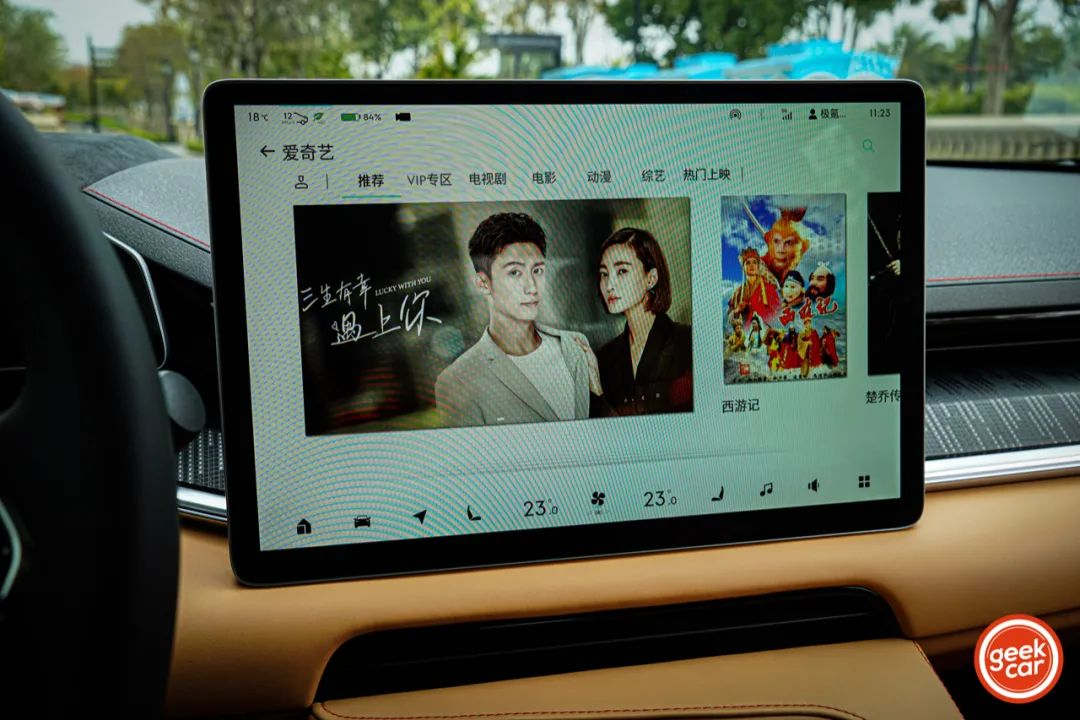
Currently, these are the only ecological applications I found in the car machine system, which do meet daily driving needs. However, compared to the expansion of other brands on content ecology, JiKe 001’s performance is indeed lacking, and some ecology that can enhance the convenience of driving, such as convenient charging and parking, has not been included.
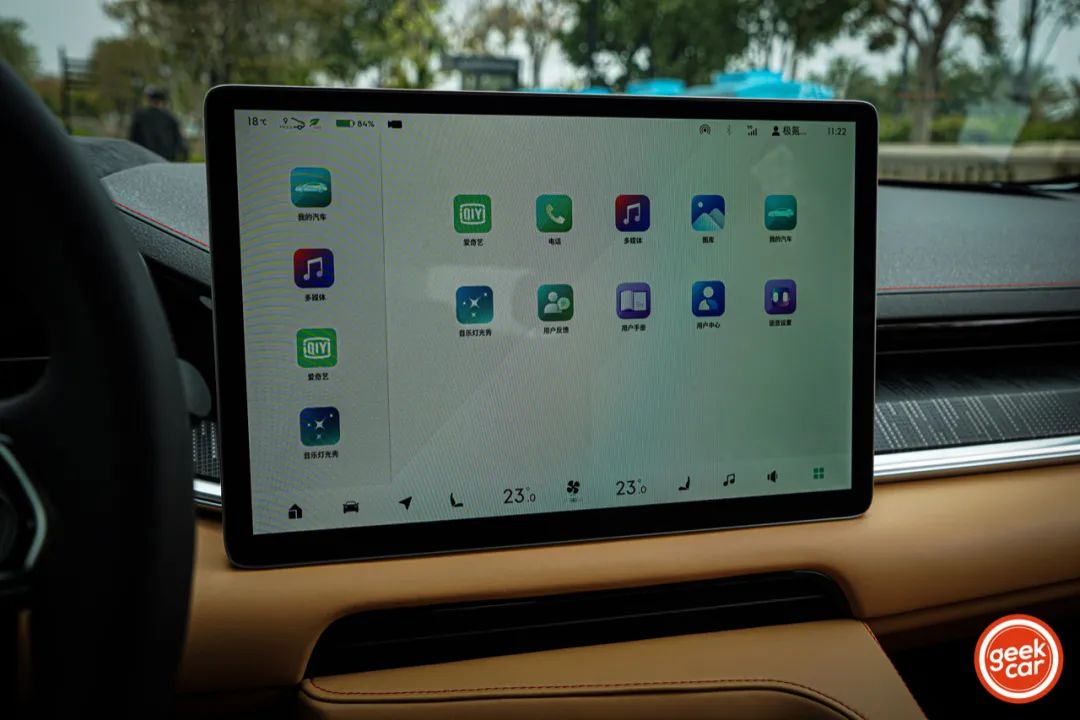
Voice Assistant
The voice assistant embedded in JiKe 001 is called “Eva”, which can be awakened by saying “hi, Eva”, and the wake-up word can be modified.
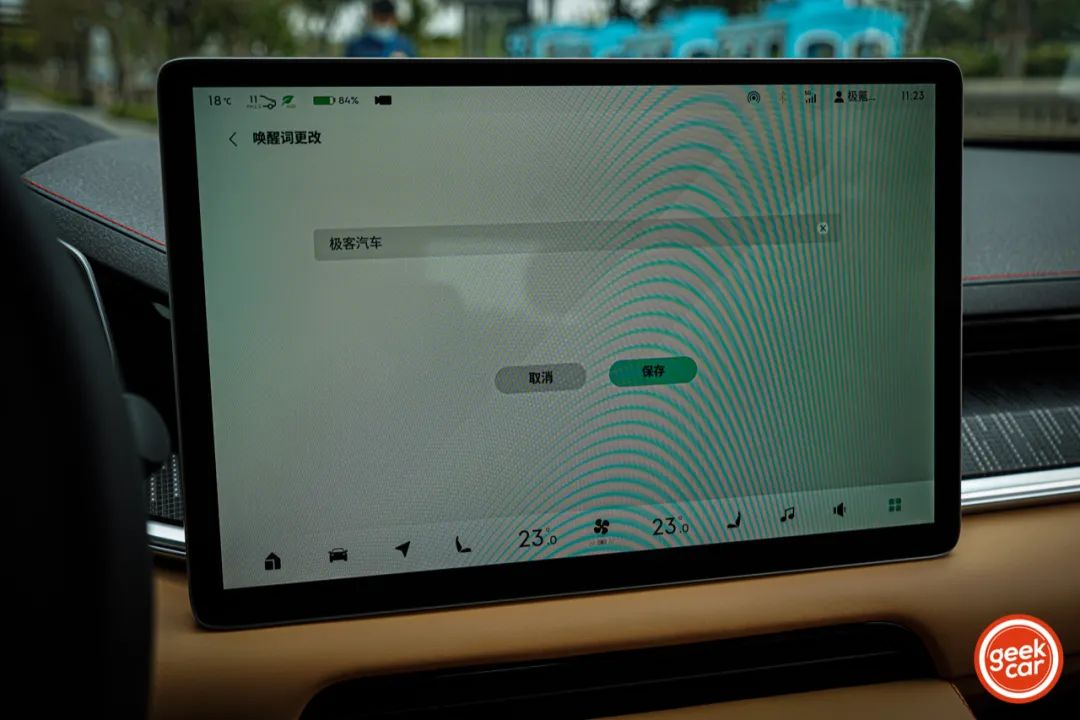
Supports wake-free interaction in scenarios and applications such as music playback and map navigation. For example, skip to the previous or next song.
eva’s voice interaction performance is still very satisfactory, leaving a deep impression on me when experiencing Geely and Lynk & Co models before. Eva supports natural language understanding, multi-round dialogue, context understanding, automatic error correction, and even chatting with it.
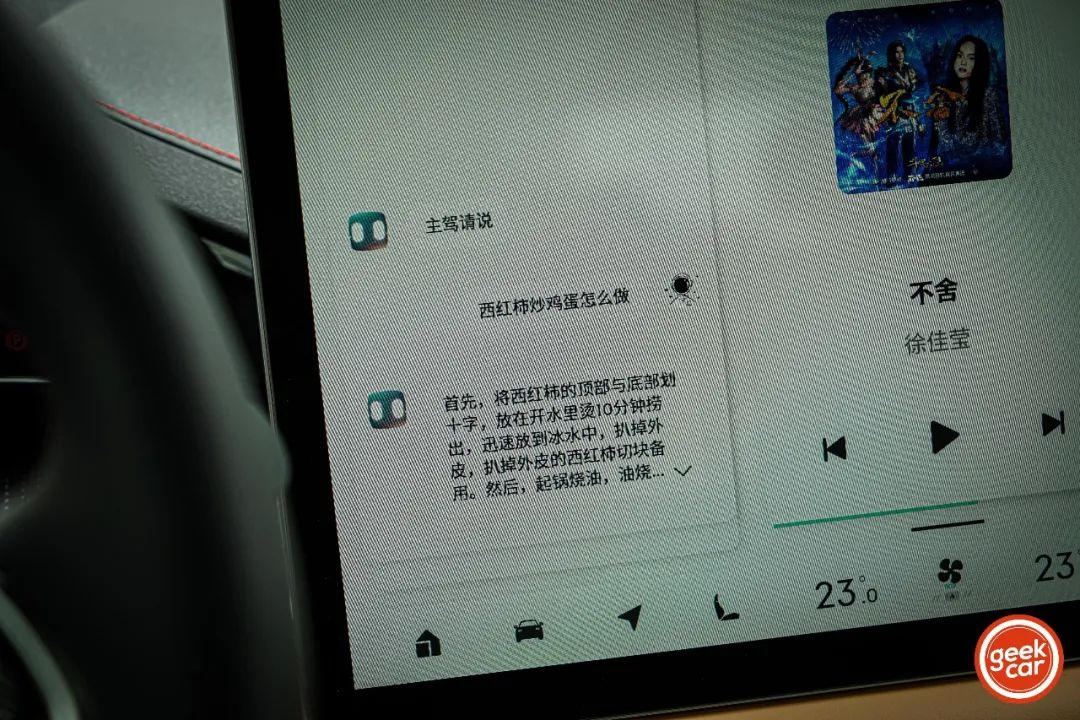
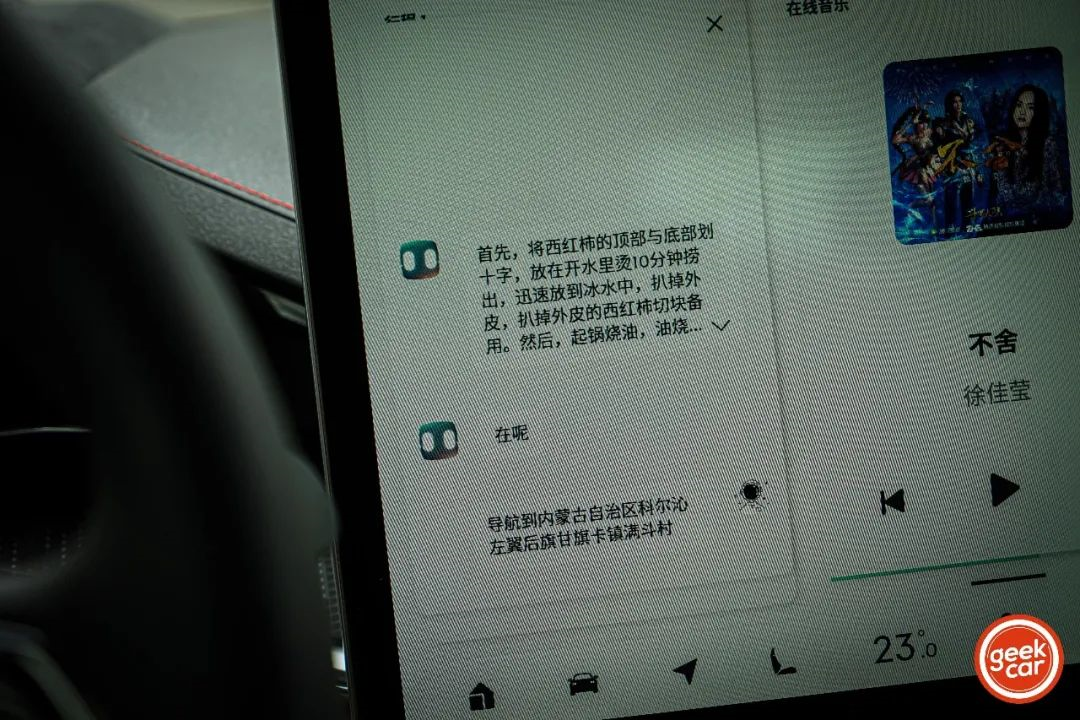
On the left side of the car’s main screen, the conversation with eva will be displayed in the form of a dialogue box.
It can not only control hardware devices such as windows and air conditioners but also software functions such as music, navigation, in-car settings, and other applications, with extremely high recognition accuracy and recognition speed.
Some Issues
Having said so much, let me talk about the problems I encountered when experiencing the intelligent cockpit of Zeekr001.
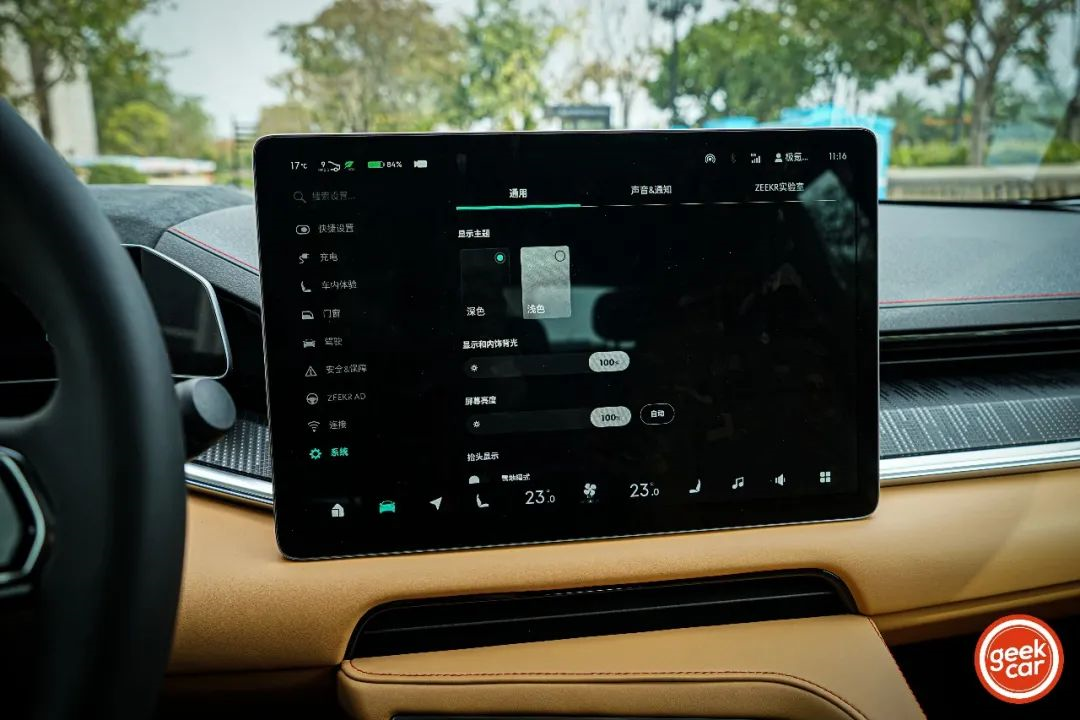
In terms of functionality, feature completeness, and interaction design, I actually think that “there are not many issues.” Because the functions and applications carried by Zeekr 001 are already sufficient to meet our daily driving scenarios, and the interaction mode is relatively easy to use. But its biggest problem is that the car’s system is “slow to respond.” During my test drive, most of the situations I encountered were:
-
The process of switching between dark/light themes takes a long time;
-
Slow response to playback/pause on the music playback interface;
-
It takes a long time to launch the iQiyi application.
However, I do not think this is solely due to the Qualcomm 820A, but more of an issue with the optimization of the car’s system.
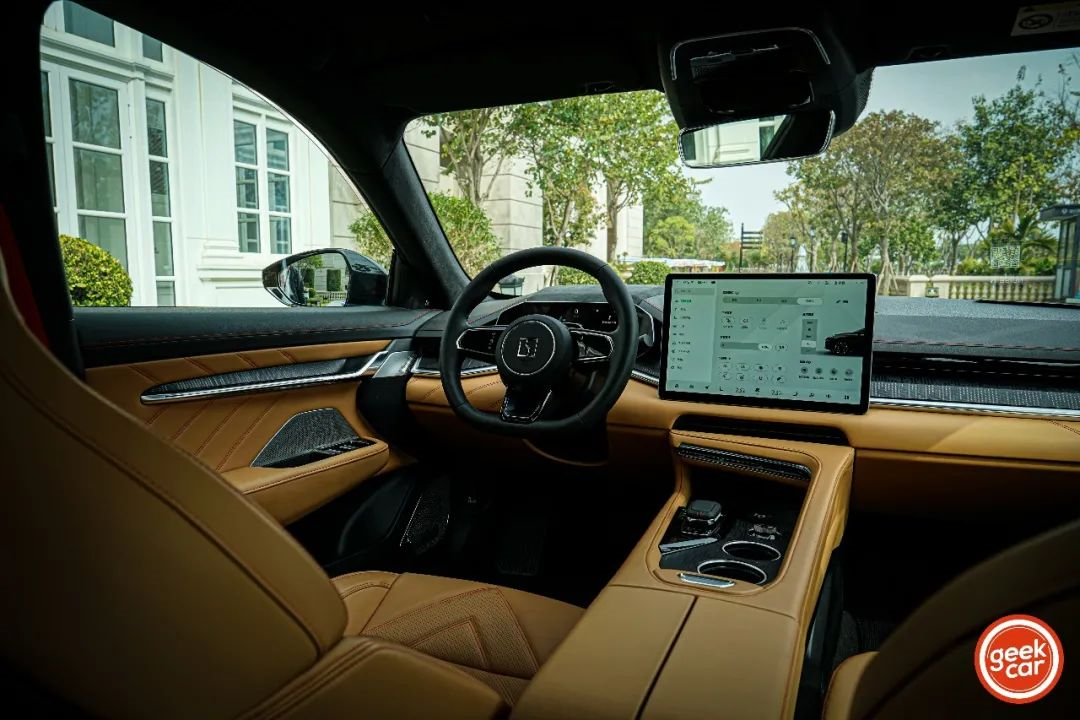 Translate the Chinese Markdown text below to English Markdown text, using a professional tone and keeping the HTML tags inside the Markdown. Only output the corrected and improved parts, without explanations.
Translate the Chinese Markdown text below to English Markdown text, using a professional tone and keeping the HTML tags inside the Markdown. Only output the corrected and improved parts, without explanations.
As for my reasons, it’s because the XPeng P7 also uses the Qualcomm 820A chip and, as far as we can see now, the XPeng P7 has more functionality and applications compared to the Zeekr 001. However, it seems that the “new car machine reaction is slow” problem will not appear on the XPeng P7 model.
After discussing the intelligent cockpit, we should have talked about the content of intelligent driving. However, since the intelligent driving-related functions of the Zeekr 001 mass-produced model are currently not open, we cannot experience them for the time being.
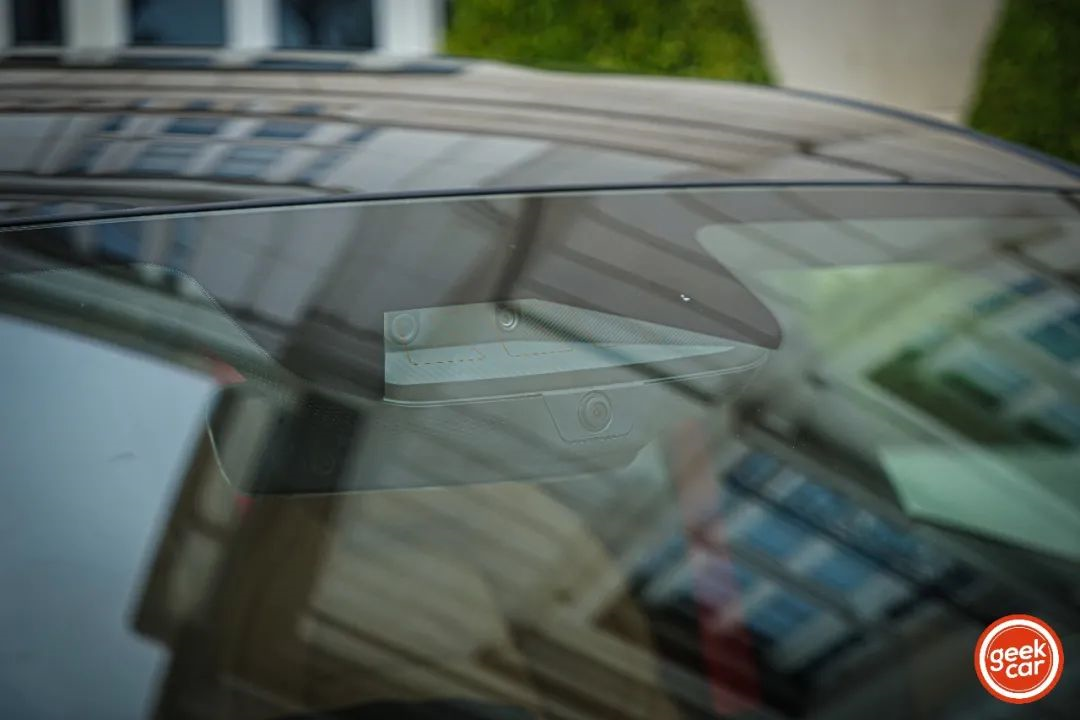
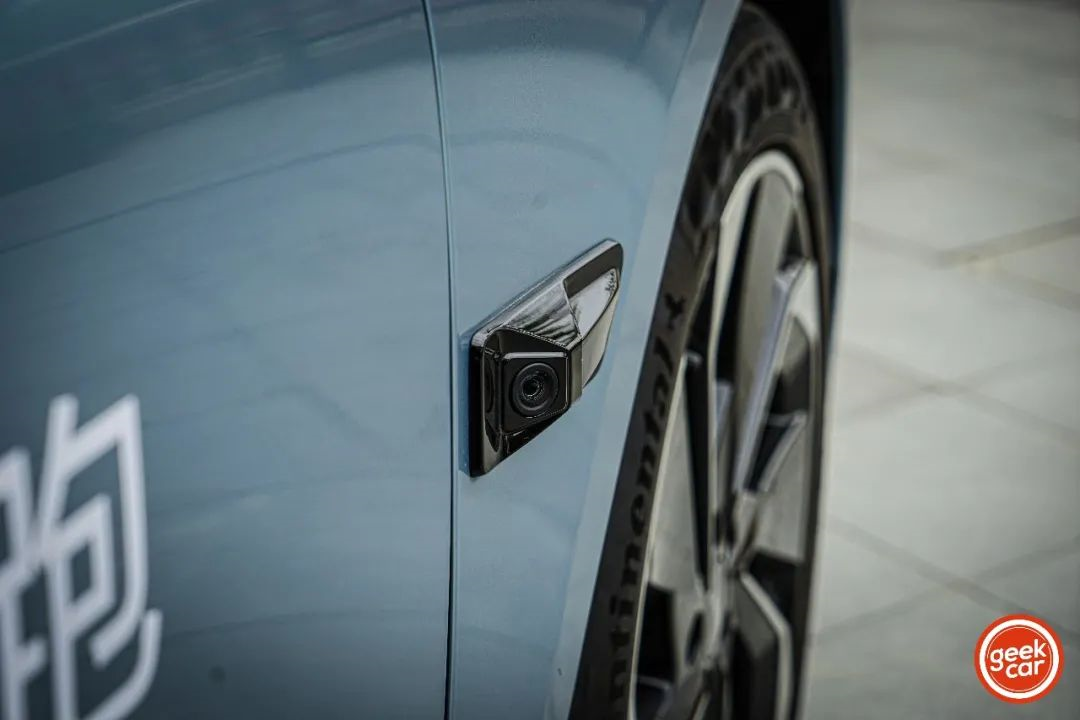
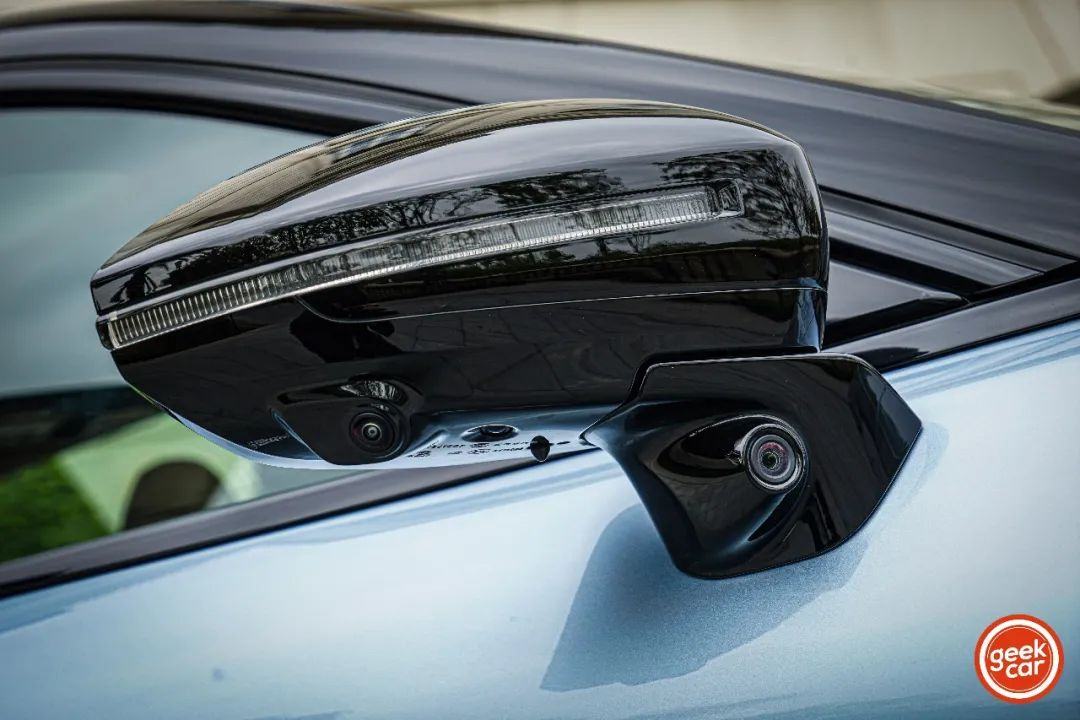
However, the Zeekr 001 will open its intelligent driving functions in the form of OTA later, and by then, I will share my experience with you.
Let’s talk about driving again
Regarding driving, I will discuss it from two aspects: daily city driving and track driving.
Daily driving
First, let’s talk about daily driving, which is also the main use scenario for most electric vehicle consumers. The model I drove on public roads this time is the Zeekr 001 single-motor version.
The Zeekr 001 single-motor model has a maximum motor power of 200 kW and a maximum torque of 384 N·m, which is enough for our daily driving needs.
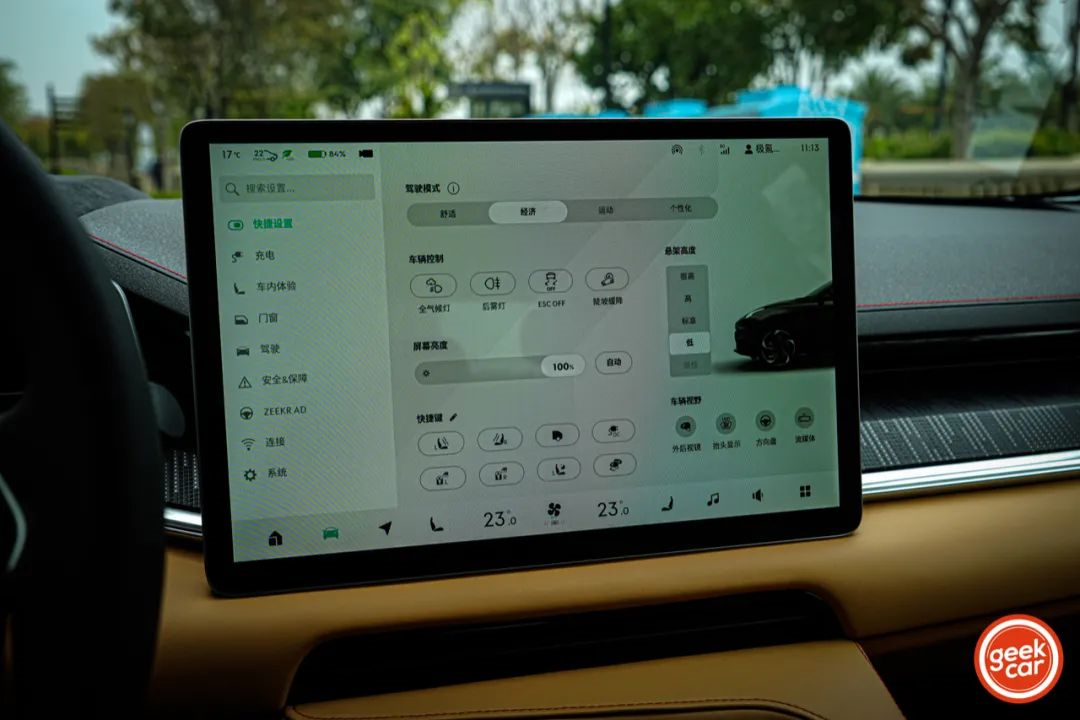
The driving modes include Comfort, Economy, Sport, Personalized, and One-Pedal modes. In Economy and Comfort modes, the power response is not as aggressive, and is relatively soft. In the city, the Economy mode is sufficient for use, even in situations requiring acceleration for overtaking, the motor output is more direct than most gasoline vehicles.
The Sport mode is more suitable for scenic driving during holidays, and high-speed acceleration and merging scenarios. Although it does not have the powerful acceleration experience of the dual-motor version, the Zeekr 001 single-motor version already has a good power output performance when driving in the city.
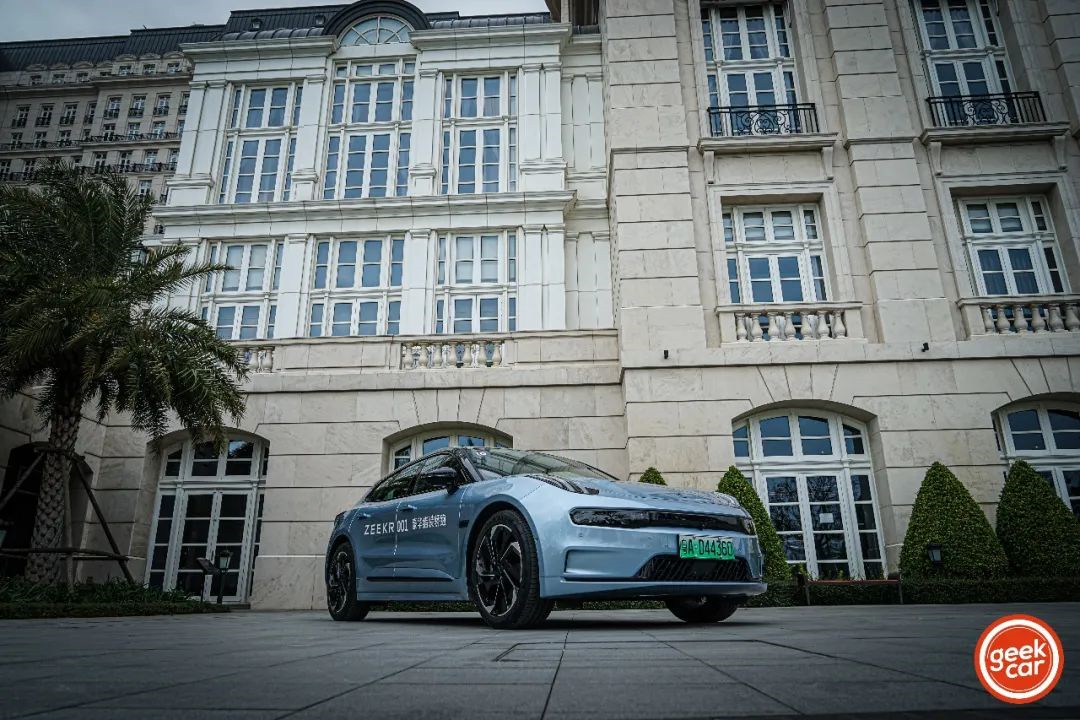
Regarding the comfort performance of the driving experience, the Zeekr 001 has two noteworthy features in this regard: NVH mute performance and air suspension comfort.The tuning of air suspension can isolate most of the fine and driving feel-influencing road conditions. When passing through undulating roads, the air suspension’s strong resilience can also provide a good driving feel. However, when passing over speed bumps and bumpy roads, the feedback given to the occupants is somewhat too direct.
During the city test drive, the round-trip route was not far, but I still recorded the energy consumption data for the round trip:
-
27.9 km for the outbound trip with an average energy consumption of 19.8 kWh/100 km;
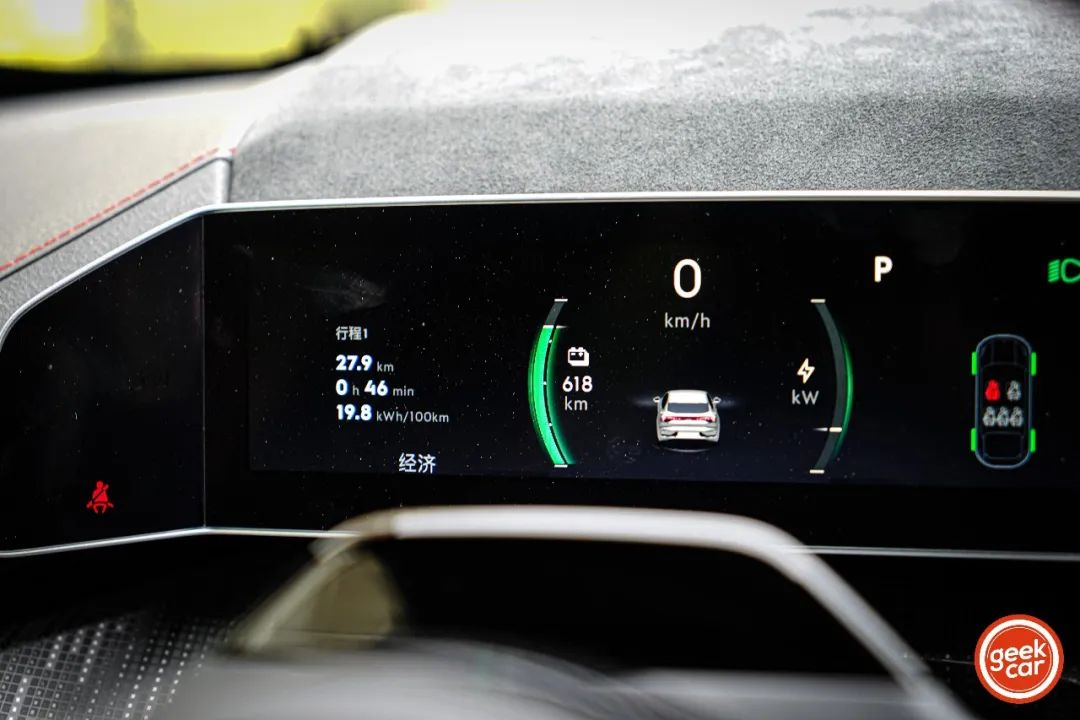
-
22.7 km for the return trip with an average energy consumption of 16.8 kWh/100 km.
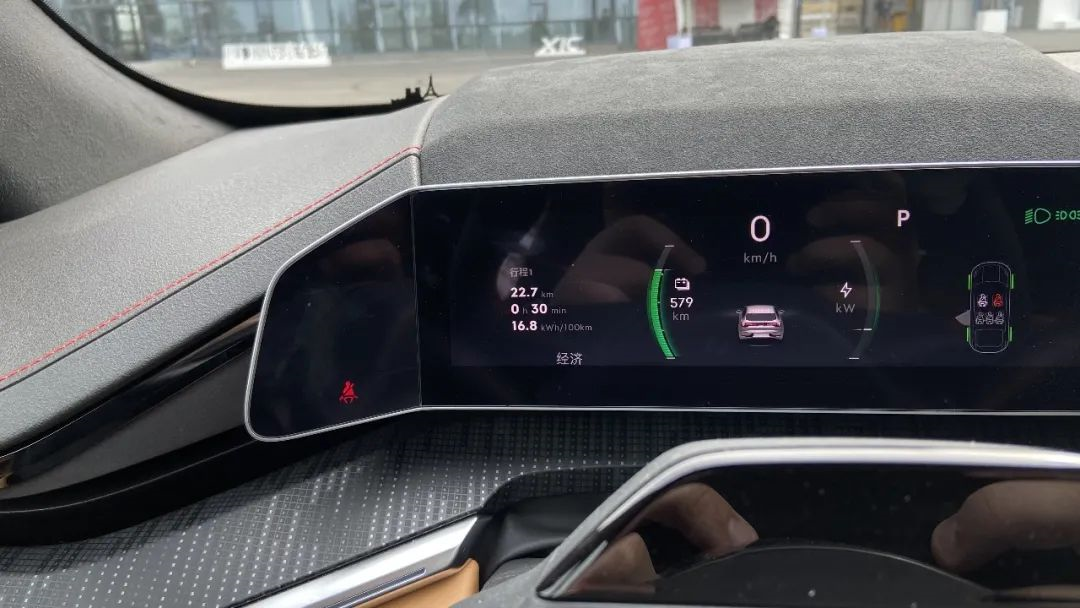
Track Driving
Speaking of track driving, this was also the first time I drove a car on the Xiamen International Circuit, and it was also an electric car.
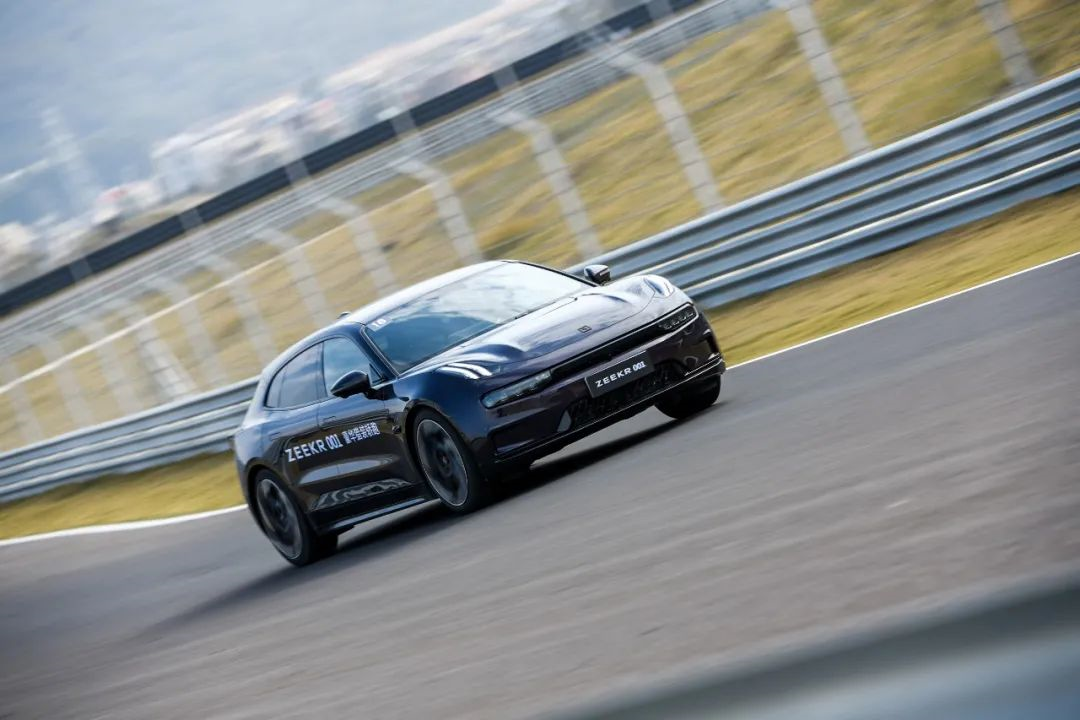
The track test drive was then conducted in the dual-motor version of the JIKE001. Take a look at a short video clip. The first half of the video is a warm-up lap, and the last part is my fastest lap, with a lap time of 1 minute and 3 seconds:
When driving on the track, the dual-motor power advantage of the JIKE001 is fully revealed. The system’s maximum power is 400 kW, the maximum torque is 768 N·m, and the zero-to-sixty acceleration time is 3.8 seconds. In addition to its strong power performance, the JIKE001’s chassis tuning can meet anyone’s driving desires.
On the track, one can clearly feel the advantages of the air suspension and CCD electromagnetic damping system, as well as the precise steering system. In sport mode, the air suspension will automatically lower, reducing wind resistance while making the entire suspension more “taut.” However, when gently pressing the road shoulder in a turn, one can still feel that the JIKE001’s chassis tuning retains a certain level of comfort.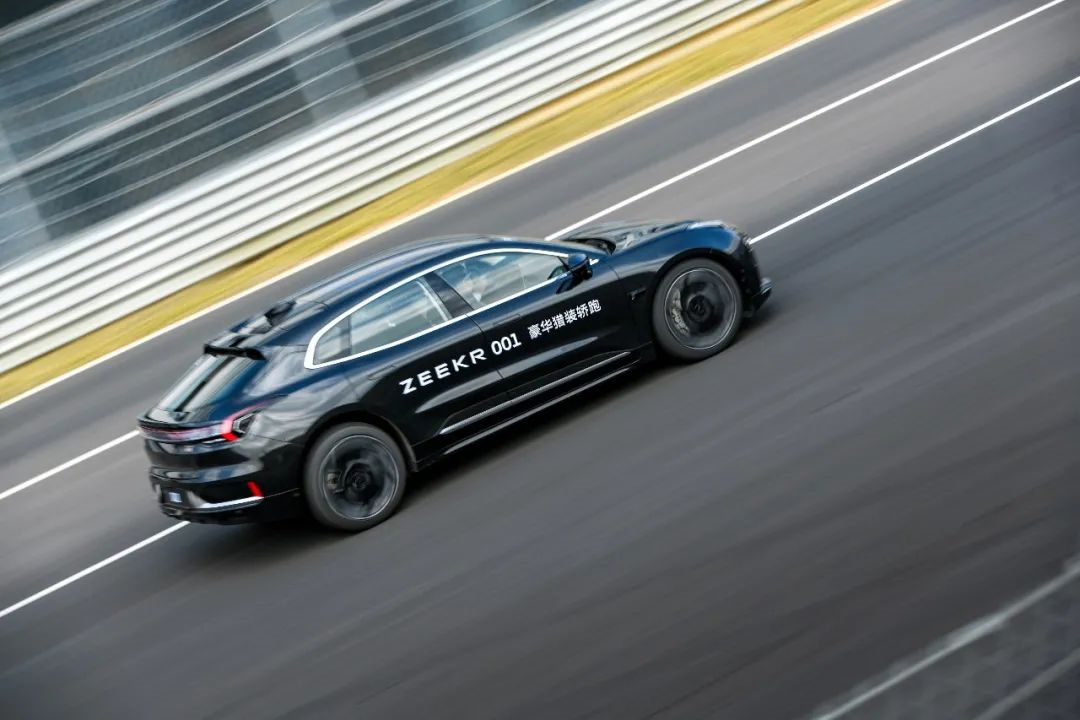
Meanwhile, due to the characteristics of the electric motor, the electric vehicle can achieve a higher speed than most gasoline vehicles during straight-line acceleration; during cornering, the electric vehicle will have a faster cornering speed than a gasoline vehicle. But when it comes to driving pleasure, the aggressive driving of the Jikrui 001 is full of fun, only lacking the roar of the engine.
Thinking carefully, as more and more automakers begin to launch new energy vehicle models and start “adding electricity and reducing cylinders”, perhaps the era of roaring engines is getting farther and farther away from us.
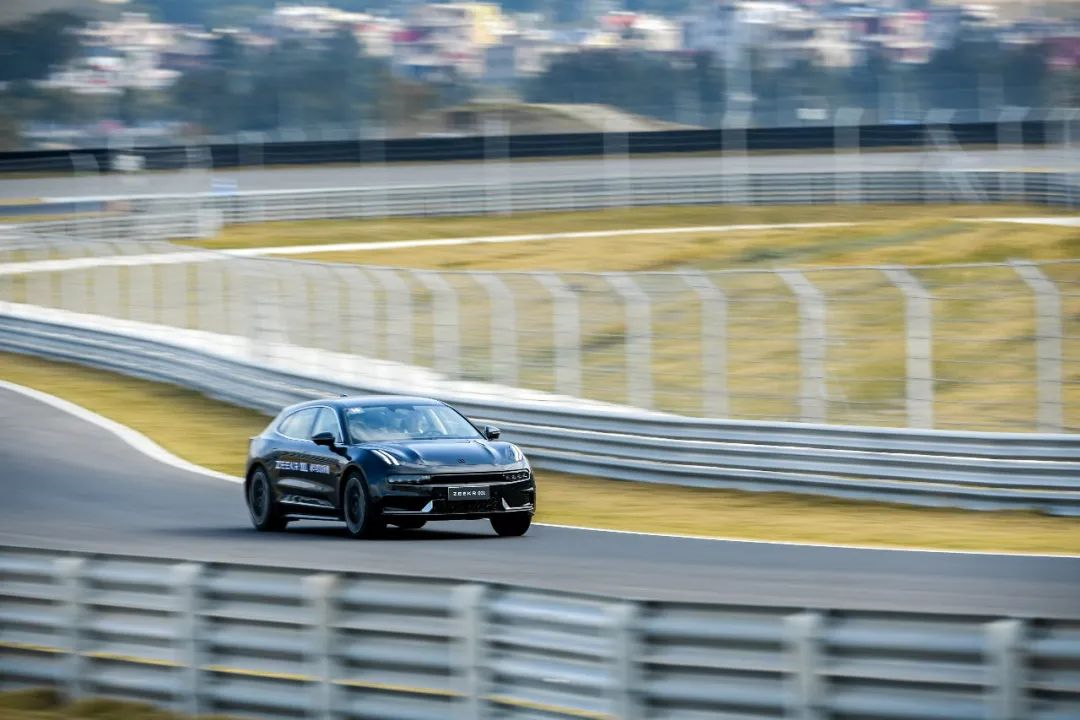
Finally
After a day of test drive, let’s take stock of the impression that Jikrui 001 left me.
As far as the exterior and interior design is concerned, I can accept it, and it is also within my aesthetic range. The only issue is that the body proportions are slightly out of balance after the cockpit is raised.

As for the performance of the intelligent cockpit, it is average for now. There is not much ecological content, but the design of the cockpit interaction and the ability of the voice assistant are still very good. The problem encountered is that the car’s response is slow, which is also a point criticized by most users who have received the car. However, my opinion is that although the ability of the 820A chip is not as good as the 8155, the capability of 820A is not weak either. Therefore, if the problems that can be resolved by software OTA are actually not problems, it is just that the experience given to users is not good at present.
The driving experience is placed at the end of the article, and I won’t analyze it too much just after reading it. To summarize, the overall driving and ride tuning of Jikrui 001 balances comfort and sportiness, but in my experience, it still maintains a certain degree of comfort even during intense driving.
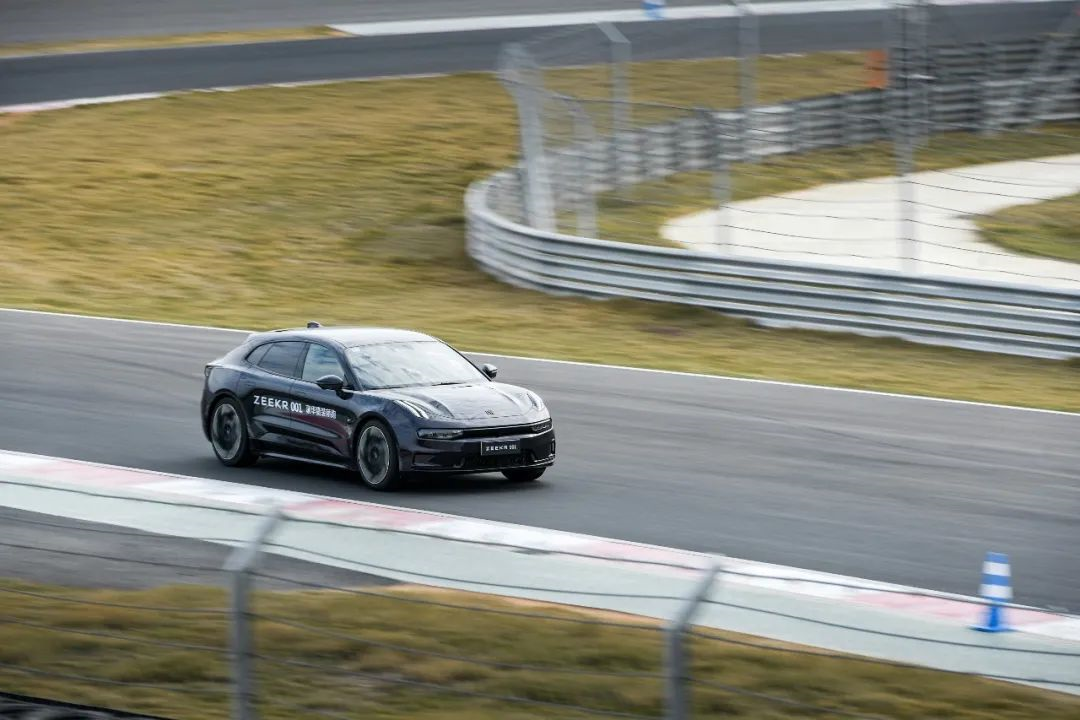
Although Jikrui 001 has been controversial after its delivery, as the first high-end pure electric brand with the endorsement of a traditional automaker, Jikrui 001 actually has high product power. What Jikrui needs to do now is to “discover problems and improve problems” in a timely manner.
This article is a translation by ChatGPT of a Chinese report from 42HOW. If you have any questions about it, please email bd@42how.com.
